What is XRP? Complete Guide to Ripple’s Cryptocurrency and Prediction
XRP stands as one of the world’s largest cryptocurrencies, currently ranking as the 3 digital asset by market capitalization with over $180 billion in total value. Unlike traditional cryptocurrencies that rely on energy-intensive mining, XRP operates on an innovative consensus mechanism that enables lightning-fast transactions in just 3-5 seconds at minimal costs.
This comprehensive guide explores everything you need to know about XRP cryptocurrency, from its revolutionary technology and real-world applications to investment considerations and future prospects. Whether you’re a crypto beginner or seasoned investor, you’ll discover how XRP’s unique approach to digital payments is reshaping the global financial landscape.
Key Takeaways
- XRP stands as the world’s third-largest cryptocurrency by market capitalization, offering lightning-fast cross-border payment solutions that settle in just 3-5 seconds at minimal costs.
- XRP and Ripple are separate entities – XRP is the digital asset operating on the XRP Ledger, while Ripple is the private company that develops payment technologies utilizing XRP.
- The SEC lawsuit resolution in 2023 confirmed that XRP sales to retail investors are not securities transactions, providing crucial regulatory clarity that has renewed institutional interest.
- XRP processes up to 1,500 transactions per second with fees averaging $0.0002, significantly outperforming Bitcoin and traditional banking systems for payment applications.
- With a fixed supply of 100 billion XRP tokens and deflationary fee-burning mechanics, the cryptocurrency offers a scarcity-driven economic model unlike inflationary alternatives.
- Major financial institutions including Santander, Standard Chartered, and American Express have integrated XRP technology, demonstrating real-world utility in enterprise payment systems.
What is XRP Cryptocurrency?
XRP is a digital asset native to the XRP Ledger (XRPL), an open-source, permissionless, and decentralized blockchain technology launched in 2012. Designed specifically for payments, XRP serves as both a cryptocurrency and a bridge currency that facilitates rapid, low-cost transactions between different currencies and networks. With its ability to settle transactions in 3-5 seconds and process up to 1,500 transactions per second, XRP was built to be a superior alternative to Bitcoin for payment purposes.
The XRP cryptocurrency boasts impressive technical specifications that set it apart from other digital assets. Each transaction costs approximately $0.0002, making it one of the most cost-effective payment solutions available. Unlike Bitcoin’s energy-intensive proof-of-work system, XRP utilizes a unique consensus protocol that requires negligible energy consumption, making it environmentally sustainable. The XRP Ledger has operated reliably since 2012, successfully closing over 70 million ledgers without major security incidents.
XRP vs Ripple: Understanding the Key Differences
Understanding the distinction between XRP and Ripple is crucial for anyone interested in this digital asset. Here’s a clear breakdown of their differences:
|
Aspect |
XRP |
Ripple |
|
Nature |
Digital cryptocurrency token |
Private technology company |
|
Function |
Native currency of XRP Ledger |
Develops payment solutions and software |
|
Ownership |
Decentralized, no single owner |
Privately-held company (Ripple Labs) |
|
Purpose |
Facilitates payments and value transfer |
Creates enterprise blockchain solutions |
|
Network |
Operates on XRP Ledger blockchain |
Uses various technologies including XRP |
|
Control |
Community-governed, open-source |
Corporate-controlled, proprietary solutions |
|
Investment |
Can be bought/traded as cryptocurrency |
Not publicly traded (private company) |
Key Relationship: Ripple, the company, uses XRP cryptocurrency in some of its payment products, but XRP exists independently as an open-source digital asset. Ripple gifted 80 billion XRP tokens to support the development of use cases around the digital asset, but the XRP Ledger operates independently of Ripple’s business operations.

What Problems Does Ripple Want to Solve?
The traditional cross-border payment system faces numerous inefficiencies that Ripple’s technology aims to address. Understanding these challenges helps explain why XRP was created and how it provides solutions.
1. Cross-Border Payment Inefficiencies
Traditional international money transfers suffer from significant limitations that affect billions of people worldwide. Banks typically require 24-48 hours to process cross-border transactions, creating delays that can impact business operations and personal financial needs. These transfers often involve multiple intermediary banks, each adding fees and processing time to the transaction chain.
The correspondent banking system used for international transfers is particularly problematic. When sending money from one country to another, banks must maintain relationships with correspondent banks in destination countries. This creates a complex web of relationships that increases costs, reduces transparency, and creates single points of failure in the payment process.
2. High Transaction Costs and Currency Conversion
International wire transfers can cost between $25-50 per transaction, making them prohibitively expensive for smaller amounts. Currency conversion adds another layer of costs, with banks typically charging 2-4% above market rates for foreign exchange services. These fees disproportionately affect individuals and small businesses that need to make regular international payments.
The lack of transparency in pricing compounds these issues. Customers often don’t know the true cost of their international transfer until after completion, making it difficult to compare options or budget accurately for cross-border transactions.
3. Limited Access and Banking Hours
Traditional banking systems operate within specific hours and are closed on weekends and holidays, creating delays for time-sensitive international transfers. Many regions lack adequate banking infrastructure, leaving populations underserved by traditional financial services.
The correspondent banking system has also been shrinking, with many banks exiting correspondent relationships due to regulatory compliance costs. This “de-risking” trend reduces payment corridors and increases costs for remaining services.
*BTN- Trade XRP Now!&BTNURL=https://www.mexc.com/price/XRP *
The Story Behind XRP and Ripple
The XRP story begins in 2004 with Ryan Fugger’s creation of RipplePay, a precursor to modern Ripple technology that aimed to create decentralized monetary systems. However, the true foundation of today’s XRP ecosystem started in 2011 when developers Jed McCaleb, David Schwartz, and Arthur Britto began developing the XRP Ledger as an improved alternative to Bitcoin’s limitations.
In 2012, these three developers launched the XRP Ledger with its native currency XRP, creating a faster and more energy-efficient blockchain solution. The same year, Chris Larsen joined the team, and together they founded OpenCoin, which later became Ripple Labs in 2013, and eventually Ripple in 2015.
The founding team’s vision centered on creating a global payment system that could process transactions in seconds rather than days, with minimal fees and environmental impact. David Schwartz, now Ripple’s Chief Technology Officer, designed the consensus mechanism that eliminates the need for energy-intensive mining while maintaining security and decentralization.

How Does XRP Work? Technology and Features Explained
XRP operates on fundamentally different principles compared to traditional cryptocurrencies, utilizing innovative technology that enables superior performance for payment applications.
1. Consensus Mechanism and Network Security
The XRP Ledger employs a unique Federated Consensus mechanism instead of energy-intensive mining. This system relies on a network of trusted validators that agree on transaction validity through a democratic voting process. Transactions require approval from at least 80% of validators on each server’s Unique Node List (UNL) to be confirmed and added to the ledger.
Currently, over 150 validators operate on the network, including universities, exchanges, businesses, and individual operators across the globe. This distributed validation system ensures no single point of failure while maintaining rapid transaction processing. The consensus process completes every 3-5 seconds, creating new ledgers that become immutable records of all transactions.
2. Technical Performance Advantages
XRP’s technical specifications demonstrate significant advantages over traditional payment systems and other cryptocurrencies:
- Transaction Speed: XRP settlements complete in 3-5 seconds compared to Bitcoin’s 10+ minutes or traditional wire transfers’ 24-48 hours.
- Throughput Capacity: The network processes up to 1,500 transactions per second, with theoretical capacity for much higher volumes through payment channels.
- Cost Efficiency: Transaction fees average $0.0002, making XRP practical for both large institutional transfers and small retail payments.
- Energy Sustainability: The consensus mechanism consumes negligible energy compared to proof-of-work systems, making XRP carbon-neutral in operation.
3. Unique Node List (UNL) System
The UNL system allows each server to maintain its own list of trusted validators while ensuring network-wide consensus. This approach provides flexibility for different network participants while maintaining security through overlap requirements between UNLs. The system can tolerate up to 20% of nodes acting maliciously while preserving network integrity.
*BTN- Trade XRP Now!&BTNURL=https://www.mexc.com/price/XRP *
Real-World Use Cases
XRP’s unique properties make it suitable for various real-world applications that leverage its speed, cost-effectiveness, and reliability.
1. Cross-Border Payments and Remittances
Financial institutions utilize XRP as a bridge currency for international transfers, eliminating the need for pre-funded nostro/vostro accounts in destination countries. This application reduces capital requirements for banks while enabling faster settlements. Major remittance providers have integrated XRP to offer customers faster, cheaper international money transfers compared to traditional wire services.
The cryptocurrency serves as an intermediary currency when direct currency pairs lack sufficient liquidity. For example, transferring from Japanese Yen to Indian Rupees can route through XRP, providing better exchange rates and faster settlement than traditional correspondent banking relationships.
2. Banking and Financial Institution Integration
Over 100 financial institutions have joined RippleNet, Ripple’s payment network that can utilize XRP for liquidity. Banks use XRP to optimize their cross-border payment flows, reducing operational costs and improving customer experience through faster transaction times.
RippleNet enables banks to send payments to destinations where they lack correspondent banking relationships, expanding their service capabilities without requiring new banking partnerships or compliance arrangements.
3. Currency Exchange and Trading
XRP functions as a highly liquid trading pair on over 100 cryptocurrency exchanges worldwide. Its high liquidity and low transaction costs make it valuable for arbitrage trading, enabling traders to quickly move value between different exchanges and currency pairs.
The cryptocurrency’s price stability relative to some other digital assets makes it useful for portfolio management and hedging strategies within the broader cryptocurrency ecosystem.

XRP Tokenomics and Supply
XRP operates under a unique economic model that differs significantly from other cryptocurrencies, with predetermined supply mechanics and distribution strategies.
Total Supply Structure
- Fixed Maximum Supply: 100 billion XRP tokens were created at the network’s launch, with no additional tokens ever to be minted. This creates a deflationary economic model over time.
- Current Circulation: approximately 59 billion XRP tokens are currently in circulation and available for trading and use.
- Escrow Mechanism: 55 billion XRP tokens (55% of total supply) are locked in cryptographically secured escrow accounts on the XRP Ledger itself, with predetermined release schedules.
Distribution and Release Schedule
The XRP distribution follows a structured approach designed to ensure network stability:
- 80 billion XRP (80%): Initially allocated to Ripple Labs to fund ecosystem development and partnerships
- 20 billion XRP (20%): Distributed to XRP Ledger founders and early contributors
- Monthly Releases: Up to 1 billion XRP can be released from escrow each month, though unused amounts return to escrow
- Market-Responsive: Actual releases depend on market conditions and business needs, not automatic schedules
Deflationary Mechanics
Unlike cryptocurrencies with inflationary mining rewards, XRP incorporates deflationary elements:
- Transaction Fee Destruction: All XRP transaction fees are permanently destroyed rather than redistributed, gradually reducing the total supply over time.
- No Mining Rewards: The network doesn’t create new XRP through mining or staking, maintaining the fixed supply cap.
- Decreasing Circulation: As transactions occur, the circulating supply slowly decreases through fee destruction, creating scarcity over time.
*BTN- Trade XRP Now!&BTNURL=https://www.mexc.com/price/XRP *
Major Banks and Financial Institutions Using XRP
XRP has gained adoption among various financial institutions worldwide, demonstrating real-world utility in enterprise payment systems.
Santander became the first UK bank to introduce blockchain-based international payments using Ripple’s technology, enabling customers to make same-day transfers to several European countries. Standard Chartered completed a strategic investment in Ripple and utilizes the technology for cross-border payment optimization.
American Express has implemented Ripple’s technology for business-to-business payments, improving settlement times for commercial customers. Travelex Bank uses Ripple’s global payment network to settle cross-border payments almost instantly, significantly improving their service capabilities.
SentBe, a Korean remittance provider, has saved customers over $25 million in foreign exchange conversion and transaction fees through RippleNet integration. These implementations demonstrate XRP’s practical value in reducing costs and improving efficiency for real-world payment applications.

XRP SEC Lawsuit: Current Status and Impact
The Securities and Exchange Commission filed a lawsuit against Ripple Labs in December 2020, alleging that XRP constitutes an unregistered security. This legal challenge has significantly impacted XRP’s market position and regulatory clarity.
In July 2023, Judge Analisa Torres ruled that XRP sales to retail investors on public exchanges do not constitute securities transactions, marking a significant victory for Ripple. However, the court determined that institutional sales of XRP could constitute securities offerings, creating a mixed legal outcome.
The SEC filed an appeal in January 2025, challenging the court’s decision regarding retail XRP sales, indicating continued legal uncertainty. This ongoing litigation affects XRP’s regulatory status and market perception, though the partial victory has provided some clarity for retail investors and exchanges.
The case’s resolution could establish important precedents for cryptocurrency regulation in the United States, potentially affecting how other digital assets are classified and regulated by federal authorities.
XRP Price Prediction 2025 and Future Outlook
XRP’s all-time high remains $3.84, reached on January 4, 2018. In January 2025, XRP saw significant recovery but has not yet surpassed its historical peak around $0.15-0.38 experienced during 2020-2024. The cryptocurrency has demonstrated substantial volatility, with gains approaching 600% during recent bull market conditions.
Market factors influencing XRP’s price include regulatory developments, particularly the SEC lawsuit resolution, institutional adoption rates, and broader cryptocurrency market sentiment. The potential approval of XRP exchange-traded funds (ETFs) could provide additional upward price pressure through increased institutional investment access.
Technical analysis suggests XRP’s price movements often correlate with Bitcoin and broader cryptocurrency trends, though regulatory news specific to XRP can cause independent price movements. The cryptocurrency’s utility in cross-border payments provides fundamental value support beyond speculative trading.
Long-term price potential depends on continued adoption by financial institutions, regulatory clarity in major markets, and XRP’s ability to capture market share in the global payments industry valued at trillions of dollars annually.

Where to Buy XRP: Best Exchanges and Platforms
MEXC stands as a premier cryptocurrency exchange offering comprehensive XRP trading services with high liquidity and competitive fees. The platform provides multiple XRP trading pairs, including XRP/USDT, enabling users to easily purchase XRP using various funding methods.
MEXC offers several advantages for XRP traders, including advanced security measures to protect user assets, 24/7 customer support for assistance with any issues, and user-friendly interfaces suitable for both beginners and experienced traders. The exchange provides additional features like staking options, futures trading, and regular promotional campaigns.
The platform maintains high trading volumes for XRP, ensuring minimal slippage and efficient order execution. MEXC’s regulatory compliance and robust security infrastructure make it a trusted choice for XRP acquisition and trading.
How to Buy XRP Cryptocurrency
Purchasing XRP on MEXC follows a straightforward process that can be completed by following these steps:
- Create MEXC Account: Visit the MEXC website and complete the registration process with email verification
- Complete KYC Verification: Upload required identification documents to meet regulatory requirements
- Deposit Funds: Add USDT or other supported cryptocurrencies to your MEXC wallet
- Navigate to Trading: Access the XRP/USDT trading pair in the spot trading section
- Place Order: Choose between market order (immediate purchase) or limit order (set desired price)
- Confirm Transaction: Review order details and execute the purchase
- Secure Storage: Transfer purchased XRP to personal wallet or maintain on MEXC with security features enabled
*BTN- Trade XRP Now!&BTNURL=https://www.mexc.com/price/XRP *
Best XRP Wallets
Secure XRP storage requires choosing appropriate wallet solutions based on security needs and usage patterns. Hardware wallets like Ledger and Trezor provide maximum security for long-term storage by keeping private keys offline. Software wallets offer convenience for frequent transactions while maintaining reasonable security levels.
The official XRP Ledger supports various wallet applications that provide direct access to the network without third-party custody. For users prioritizing convenience, MEXC offers secure exchange storage with multi-layer security protocols and insurance protection for digital assets.
XRP vs Other Cryptocurrencies
Understanding XRP’s position relative to other major cryptocurrencies helps investors evaluate its unique value proposition and potential applications.
1. XRP vs Bitcoin
Bitcoin serves primarily as a store of value and digital gold alternative, while XRP focuses on payment utility and cross-border transfers. Bitcoin’s proof-of-work consensus requires significant energy consumption, whereas XRP’s consensus mechanism operates with negligible energy requirements.
Transaction speeds differ dramatically, with Bitcoin requiring 10+ minutes for confirmation compared to XRP’s 3-5 second settlement times. Bitcoin’s transaction fees can exceed $1-50 during network congestion, while XRP maintains consistent $0.0002 transaction costs regardless of network activity.
2. XRP vs Ethereum
Ethereum operates as a programmable blockchain platform supporting smart contracts and decentralized applications, while XRP specializes in payment and currency exchange functions. Ethereum’s transition to proof-of-stake improved energy efficiency but still requires more energy than XRP’s consensus mechanism.
Transaction throughput favors XRP with 1,500 transactions per second compared to Ethereum’s 15 transactions per second on the base layer. However, Ethereum’s programmability enables complex financial applications that XRP’s payment-focused design doesn’t support.
3. XRP vs Stablecoins
Stablecoins maintain fixed values relative to fiat currencies, while XRP’s price fluctuates based on market conditions. This creates different use cases, with stablecoins preferred for value preservation and XRP valuable for liquidity and cross-border transfers where price appreciation potential exists.
XRP’s volatility can be advantageous for investors seeking price appreciation, while stablecoins serve better for merchants and users requiring predictable values for transactions.

Recent XRP News and Developments
XRP has experienced significant developments in recent months that impact its market position and future prospects. The cryptocurrency reached seven-year highs above $3.40 in January 2025, driven by positive regulatory sentiment and broader cryptocurrency market momentum.
The SEC’s continued legal proceedings, including their January 2025 appeal, maintain regulatory uncertainty while also demonstrating XRP’s resilience in the face of regulatory challenges. Changes in SEC leadership have created optimism for more crypto-friendly regulatory approaches.
Institutional adoption continues expanding, with reports of major financial institutions exploring XRP integration for cross-border payment solutions. The potential approval of XRP exchange-traded funds represents a significant development that could increase institutional investment access.
Technical developments on the XRP Ledger include continued improvements to network efficiency and the introduction of new features that enhance the platform’s utility for various financial applications.
Is XRP a Good Investment? Risk Analysis and Considerations
XRP investment considerations involve multiple factors that potential investors should carefully evaluate based on their risk tolerance and investment objectives.
- Potential Advantages: XRP’s utility in cross-border payments provides fundamental value beyond speculation, with growing institutional adoption supporting long-term demand. The cryptocurrency’s energy efficiency and fast transaction times position it favorably for sustainable payment solutions.
- Risk Factors: Regulatory uncertainty, particularly the ongoing SEC litigation, creates potential volatility and adoption challenges. XRP’s large token supply and Ripple’s continued token releases may affect price appreciation compared to scarcer cryptocurrencies.
- Market Position: As the #3 cryptocurrency by market capitalization, XRP has demonstrated staying power through multiple market cycles, suggesting institutional and retail confidence in its long-term viability.
Investment decisions should consider individual financial situations, risk tolerance, and portfolio diversification strategies rather than relying solely on price predictions or market sentiment.

The Future of XRP
XRP’s future development focuses on expanding utility in global payment systems and maintaining technological leadership in blockchain-based financial solutions. Continued adoption by financial institutions could drive substantial demand growth as traditional banking systems seek more efficient cross-border payment technologies.
Regulatory clarity, particularly resolution of the SEC lawsuit, represents a crucial factor in XRP’s future development. Positive regulatory outcomes could unlock institutional investment and accelerate adoption by risk-averse financial institutions.
Technological developments on the XRP Ledger continue improving network capabilities and supporting new use cases beyond simple payments. Integration with central bank digital currencies (CBDCs) and enhanced interoperability with other blockchain networks could expand XRP’s utility significantly.
The global shift toward digital payments and the growing demand for faster, cheaper cross-border transfers creates favorable market conditions for XRP’s continued growth and adoption in the evolving financial ecosystem.
*BTN- Trade XRP Now!&BTNURL=https://www.mexc.com/price/XRP *
Conclusion
XRP represents a unique cryptocurrency designed specifically for payment efficiency and cross-border financial transfers. Its innovative consensus mechanism, rapid transaction speeds, and low costs position it as a practical solution for real-world payment challenges that traditional systems struggle to address effectively.
While regulatory uncertainty continues affecting XRP’s market development, the cryptocurrency has demonstrated resilience and continued institutional adoption throughout various market conditions. For investors considering XRP, understanding its utility-focused design, regulatory environment, and competitive advantages provides essential context for informed decision-making.
As the global financial system evolves toward digital solutions, XRP’s established infrastructure and proven performance in enterprise payment applications position it as a significant player in the future of international money transfers and blockchain-based financial services.
Popular Articles
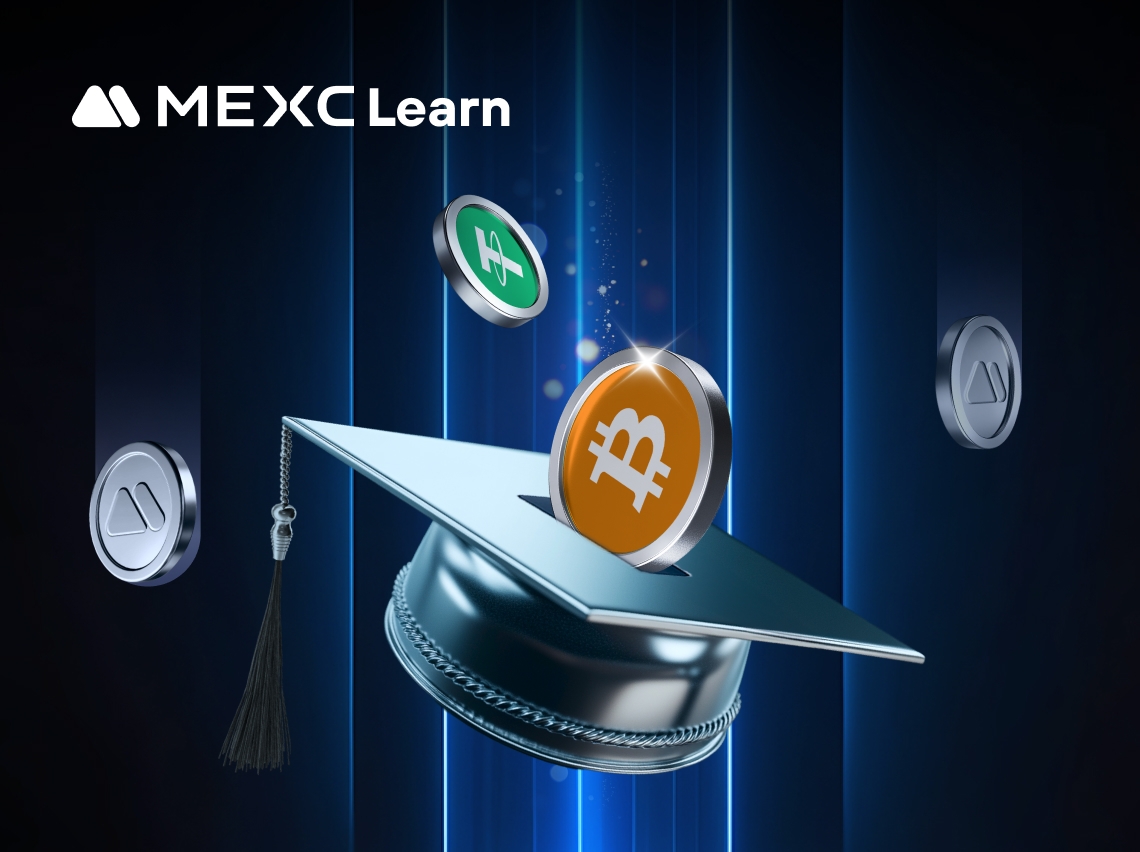
Bitcoin (BTC): Complete Guide to the World’s First Cryptocurrency
Bitcoin has transformed from an experimental digital currency worth fractions of a penny to a revolutionary financial asset reaching new record highs in 2025. As the world’s first cryptocurrency, Bitc
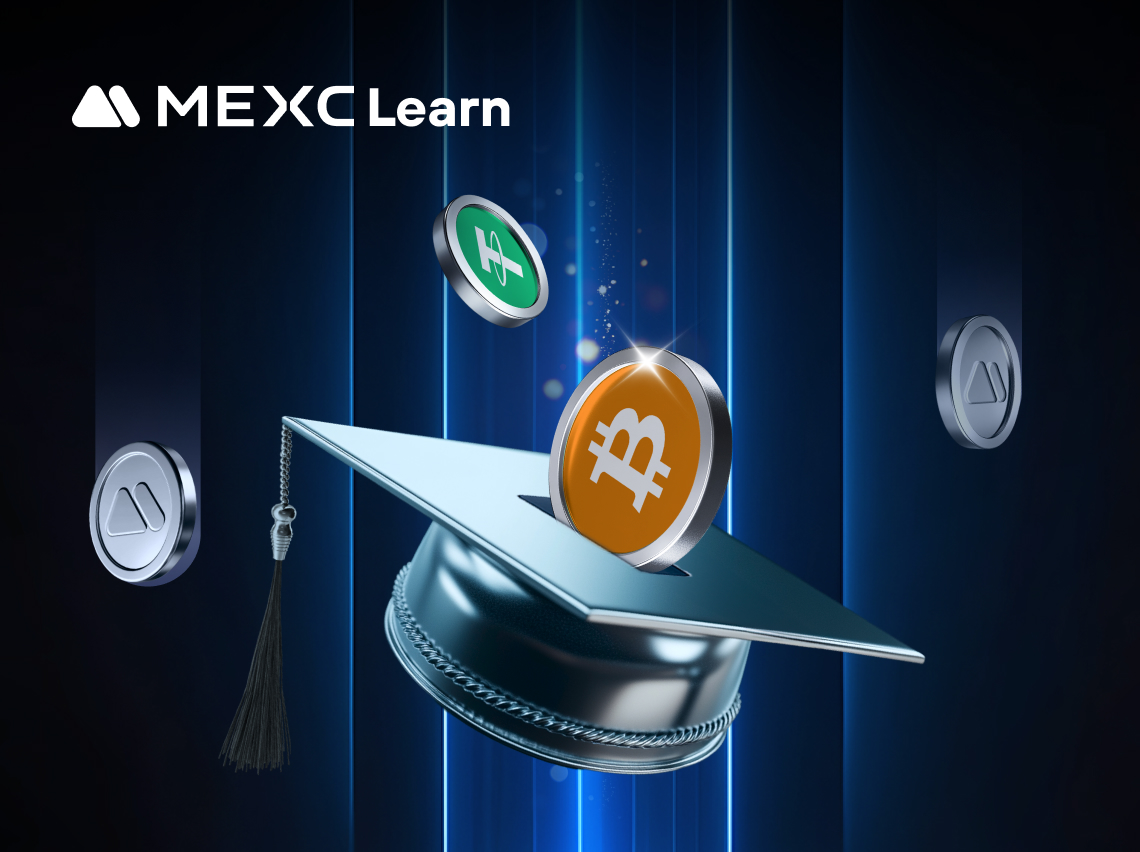
What is the x402 Protocol? Understanding the 5 Core Advantages of HTTP-Native Payment Standards
TL;DR1)The x402 protocol activates the HTTP 402 status code that has been dormant for 30 years, enabling native internet payment capabilities.2)Zero protocol fees and 2-second settlement times fundame
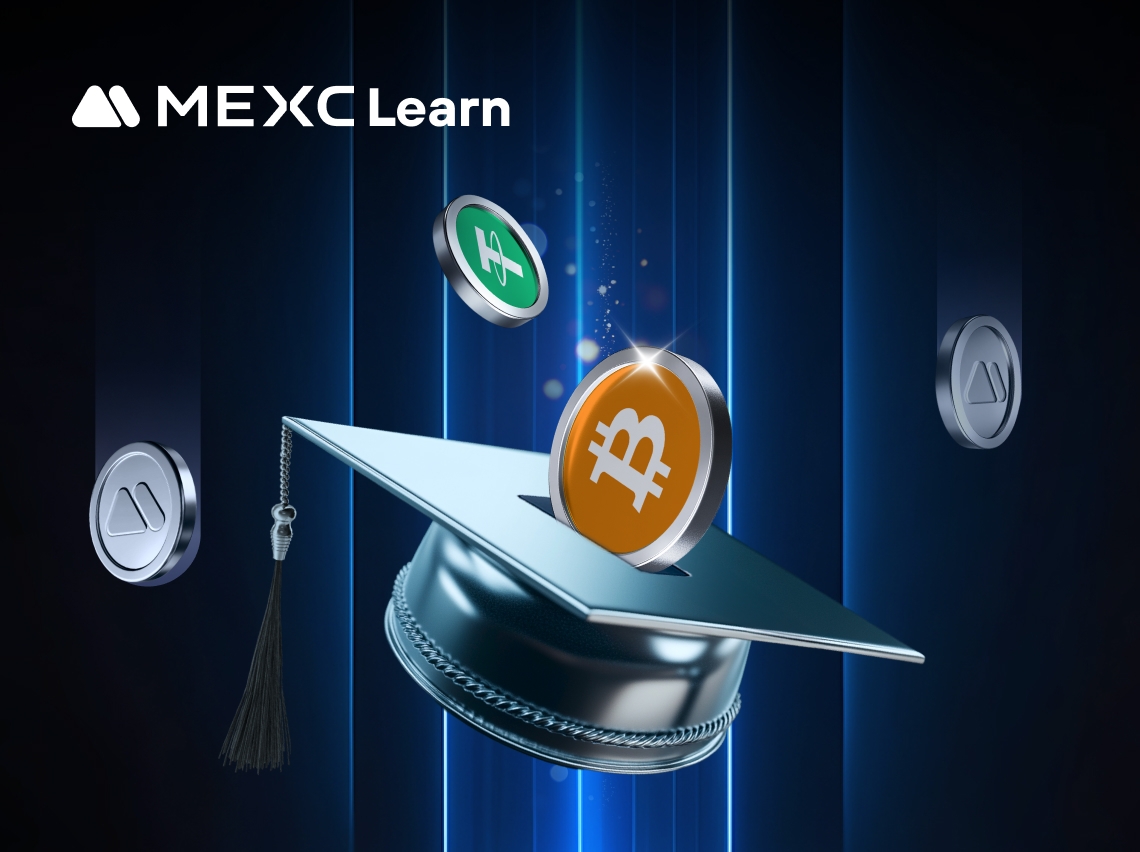
What is Ethereum and How Does it Work? Complete Guide to ETH Price and Investment
Ethereum stands as the world’s second-largest cryptocurrency by market capitalization and the foundational platform powering the decentralized web revolution. This comprehensive guide explores everyth
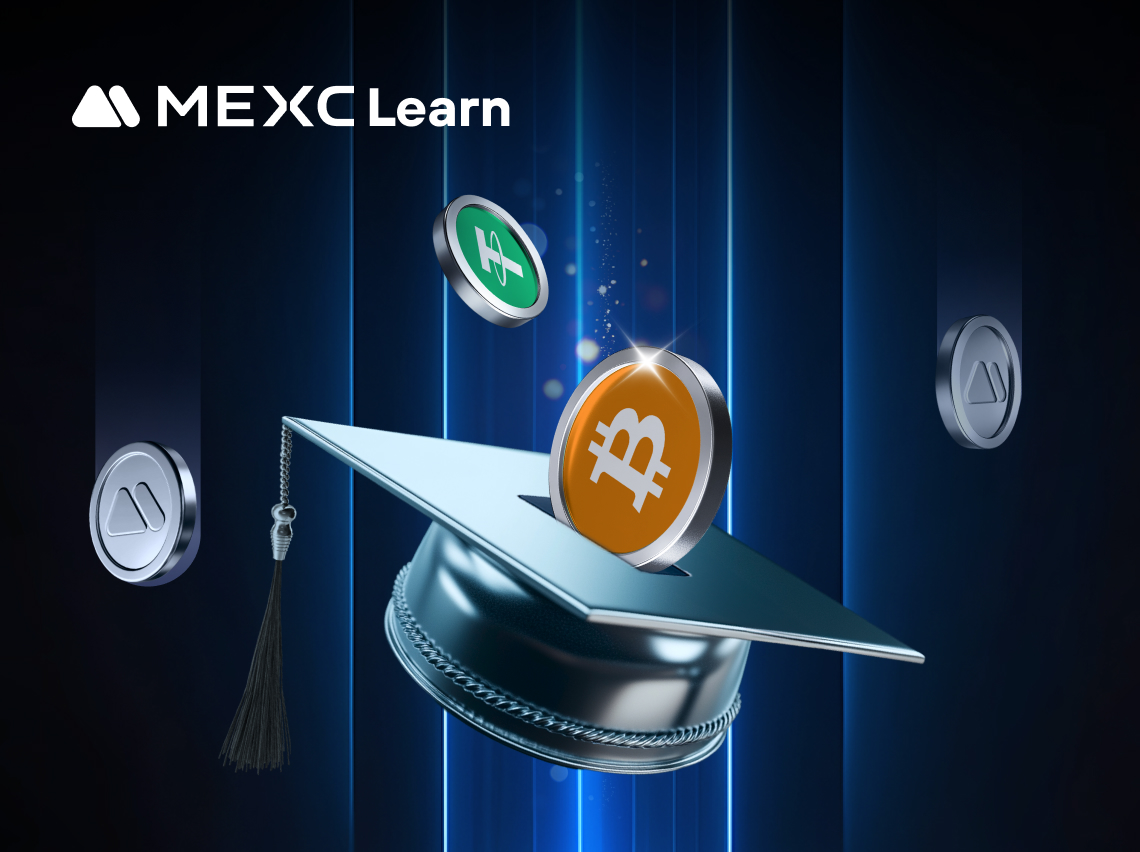
What is Virtuals Protocol ($VIRTUAL)? x402 Agent Commerce Protocol and AI Agent Economy
TL;DR1)Virtuals Protocol is an on-chain infrastructure for the “Agentic Economy,” enabling AI agents to autonomously trade, collaborate, and create value through standardized blockchain commerce.2)Its
Hot Crypto Updates
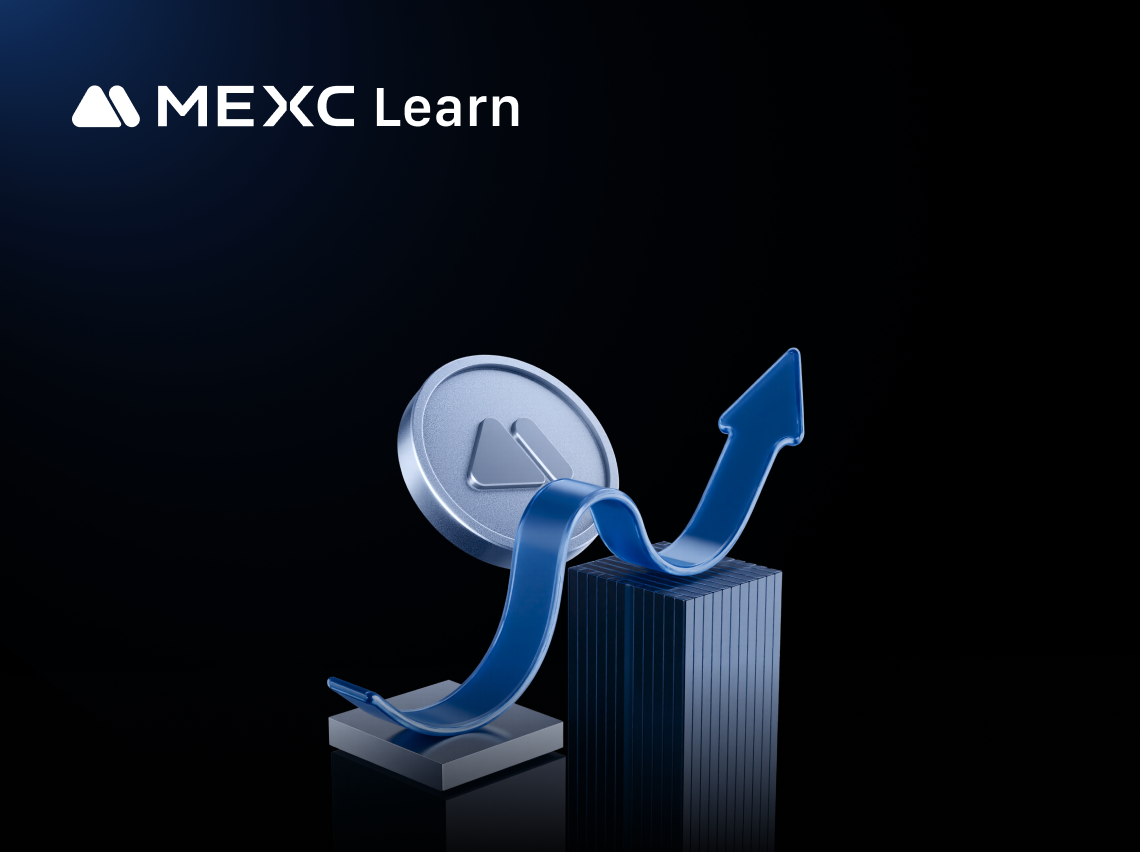
BitcoinOS (BOS) Price: Market Updates and Trends
The BitcoinOS (BOS) price reflects how the token is performing in today's fast-moving crypto market. In this article, we'll review its current value, recent performance, and the factors shaping BOS's
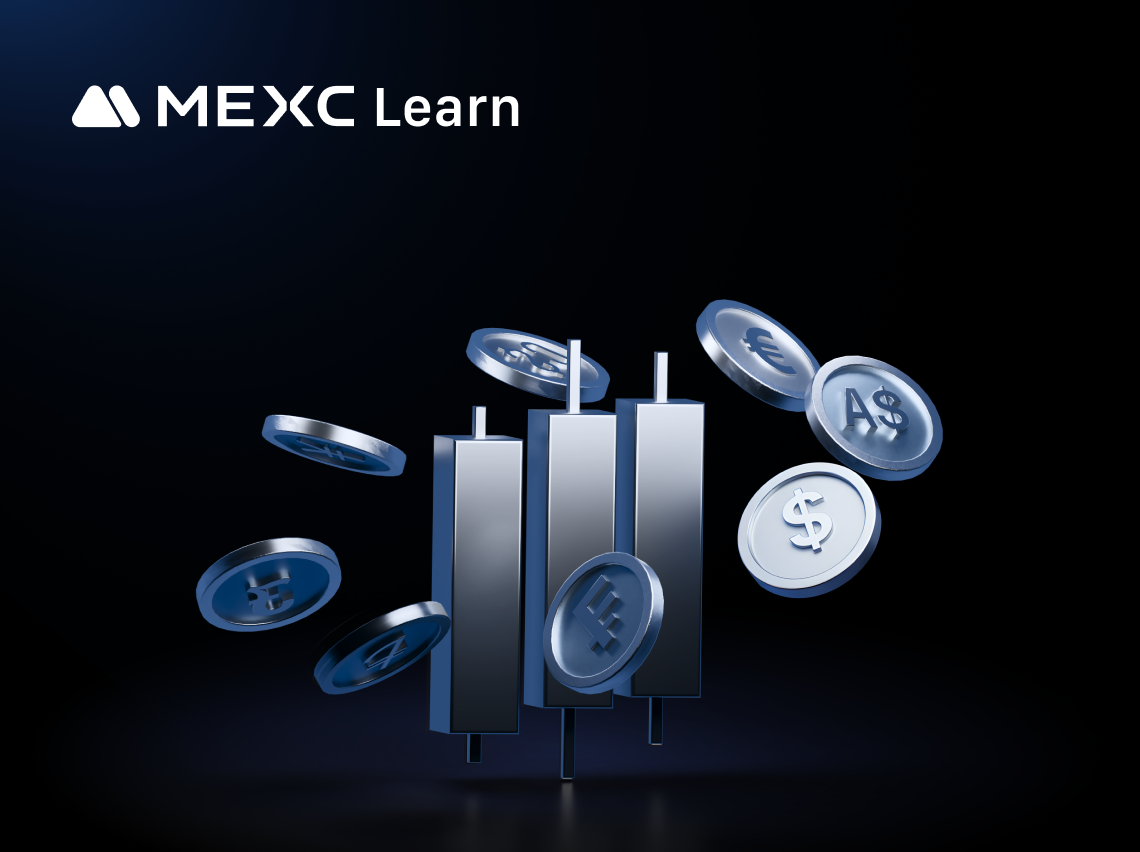
BitcoinOS (BOS) Overview: Unlocking Bitcoin's Potential
BitcoinOS (BOS) is an innovative project designed to enhance Bitcoin's capabilities by integrating zero-knowledge proofs and smart contract functionality. This article will explore BOS's key milestone
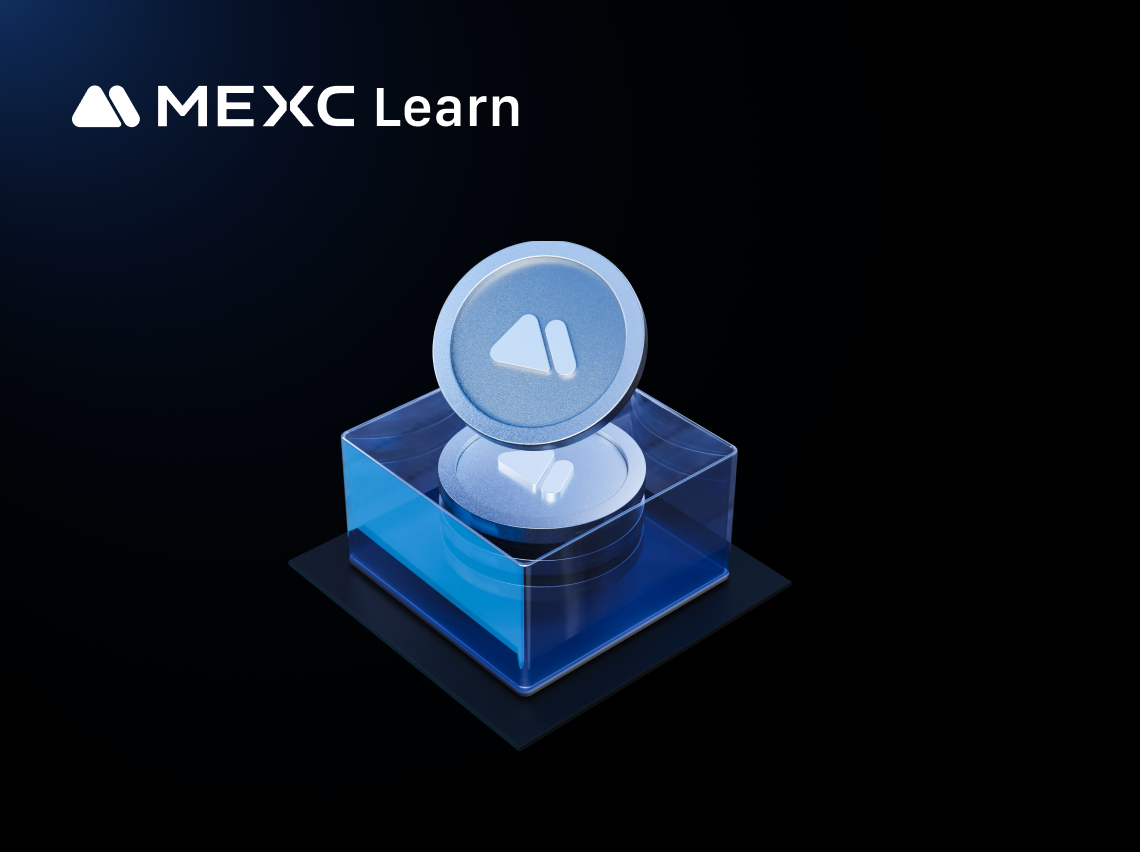
BitcoinOS (BOS) Real-Time Price and Market Analysis
The crypto market moves fast, and the live BitcoinOS (BOS) price helps traders stay up to date. This article highlights today's trading price, short-term performance, and the main factors influencing
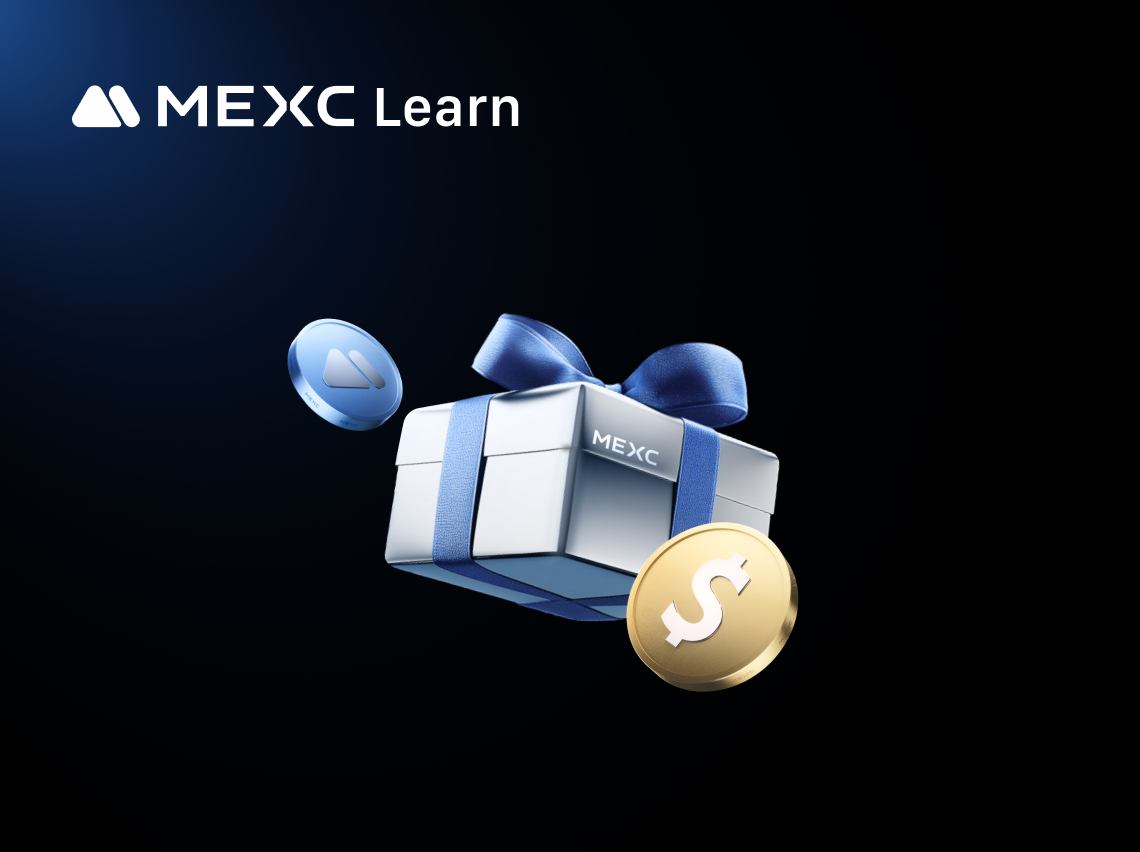
BitcoinOS (BOS) Real-Time Price and Market Analysis
The real-time BitcoinOS (BOS) price gives traders immediate visibility into market shifts as they happen. This article examines the token's current real-time value, short-term volatility, and how trad
Trending News

Crypto Pioneer Launches Bron Labs for Enhanced Security
The post Crypto Pioneer Launches Bron Labs for Enhanced Security appeared on BitcoinEthereumNews.com. Key Points: Dmitry Tokarev launches Bron Labs for improved crypto security. $15 million raised fro

Elon Musk launches Grokipedia where Grok AI controls all content
TLDR Grokipedia is open-source and free, with over 885,000 articles at launch. Grok AI manages all content and decides if user edit requests are accepted. Musk delayed the launch to remove what he cal

Chegg is cutting 388 jobs (45% of workforce) due to AI competition and reduced Google search traffic
Chegg announced on Monday it will eliminate 388 jobs, representing about 45% of its total workforce, as the education technology company struggles with falling revenue caused by artificial intelligenc

Japan’s Nikkei and Topix dropped as investors waited for the Trump‑Takaichi meeting
Markets in Japan finally lost steam on Tuesday, just as global investors turned their attention to an upcoming meeting between U.S. President Donald Trump and Prime Minister Takaichi Sanae. Trump land
Related Articles

Bitcoin (BTC): Complete Guide to the World’s First Cryptocurrency
Bitcoin has transformed from an experimental digital currency worth fractions of a penny to a revolutionary financial asset reaching new record highs in 2025. As the world’s first cryptocurrency, Bitc

What is the x402 Protocol? Understanding the 5 Core Advantages of HTTP-Native Payment Standards
TL;DR1)The x402 protocol activates the HTTP 402 status code that has been dormant for 30 years, enabling native internet payment capabilities.2)Zero protocol fees and 2-second settlement times fundame

What is Ethereum and How Does it Work? Complete Guide to ETH Price and Investment
Ethereum stands as the world’s second-largest cryptocurrency by market capitalization and the foundational platform powering the decentralized web revolution. This comprehensive guide explores everyth
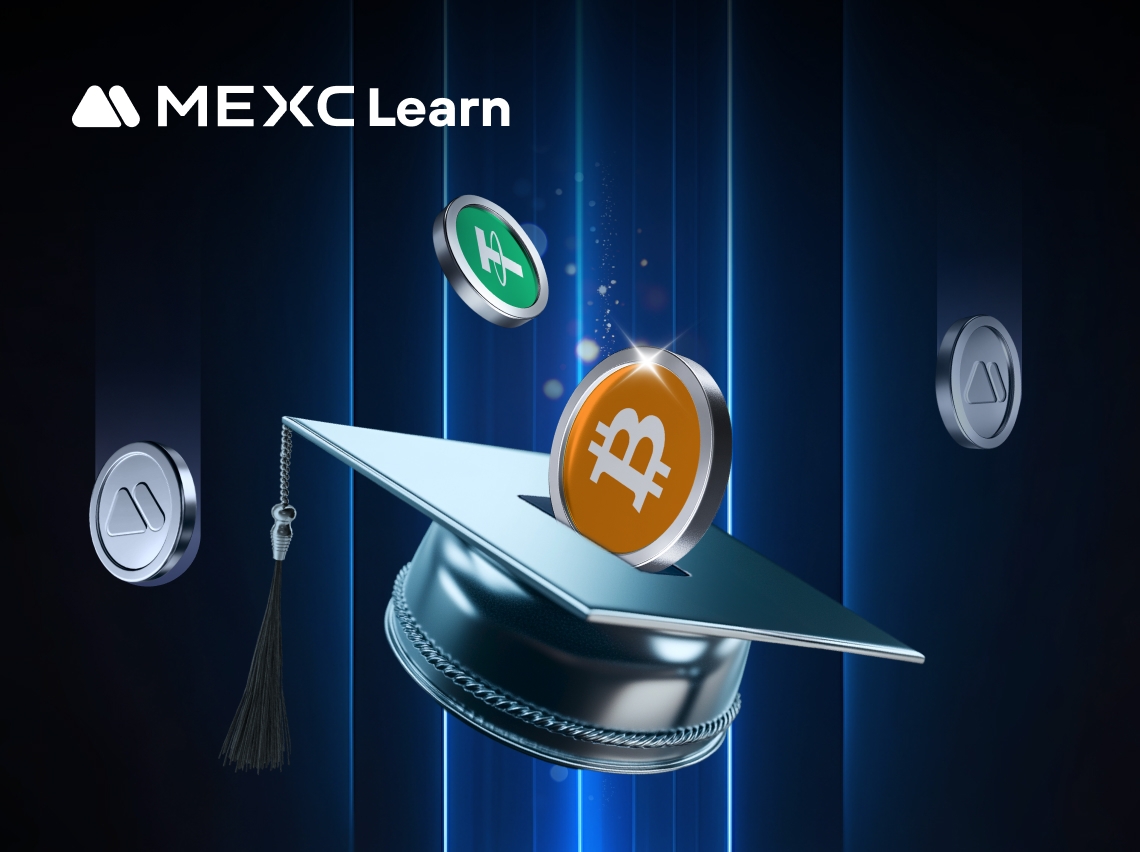
What is XRP? Complete Guide to Ripple’s Cryptocurrency and Prediction
XRP stands as one of the world’s largest cryptocurrencies, currently ranking as the 3 digital asset by market capitalization with over $180 billion in total value. Unlike traditional cryptocurrencies
